Nasa warns of ‘potentially hazardous’ asteroid - will it hit me?
Space rock travelling at 20,000mph will pass Earth on 29 August
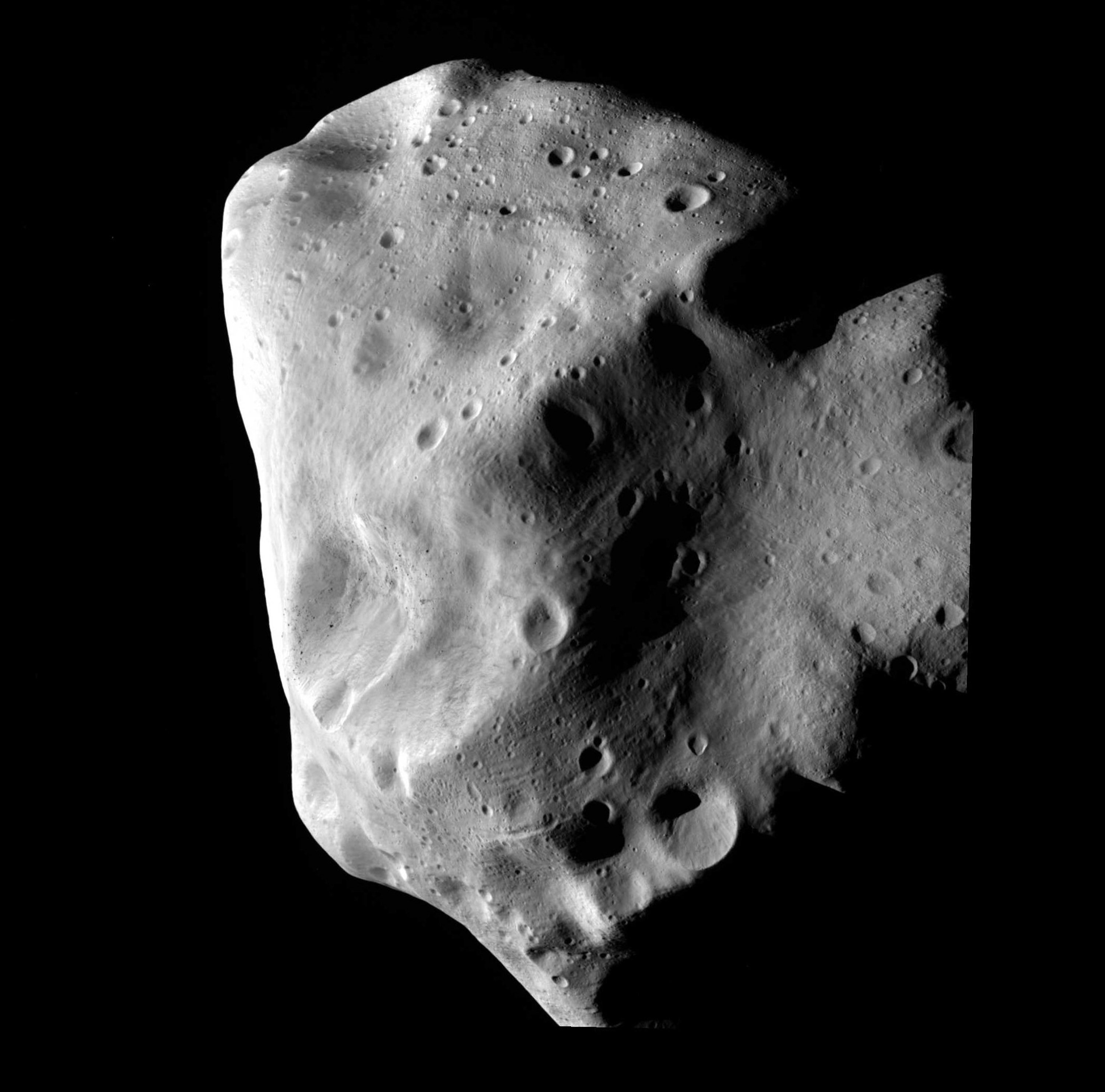
Nasa has warned that a “potentially hazardous” asteroid is hurtling towards Earth at a speed of around 20,000mph.
In Nasa’s NEO Earth Close Approaching report, the space agency says lump of space rock is over three million miles away from Earth and is between 230 and 525 feet in diameter, the Daily Mail notes.
That means the asteroid, dubbed 2016 NF23, is at least the size of a Beoing 747 jet - and potentially double that if it’s towards the higher end of Nasa’s estimates.
The Week
Escape your echo chamber. Get the facts behind the news, plus analysis from multiple perspectives.

Sign up for The Week's Free Newsletters
From our morning news briefing to a weekly Good News Newsletter, get the best of The Week delivered directly to your inbox.
From our morning news briefing to a weekly Good News Newsletter, get the best of The Week delivered directly to your inbox.
Although it’s some three million miles away from Earth, the asteroid is still close enough to be classed as hazardous.
But there’s no chance of the asteroid hitting us, as it isn’t expected to enter Earth’s atmosphere and will instead pass by on 29 August.
If the rock were on a collision course with Earth, though, its could cause a substantial amount of damage.
Detlef Koschny, the European Space Agency’s head of near-Earth objects, told Space Daily that a 400ft asteroid would “cause significant damage in an area the size of Germany, and even affect the surrounding region”.
A free daily email with the biggest news stories of the day – and the best features from TheWeek.com
“But asteroids of this size don’t strike Earth very often. Maybe every 10,000 years on average,” he said.
Significantly smaller asteroids can pose a threat. For instance, Koschny says a 60ft piece of space rock would be similar to an asteroid that hit Earth in 2013, injuring 1,500 people as it passed over the Russian town of Chelyabinsk.
-
 Data centers could soon be orbiting in space
Data centers could soon be orbiting in spaceUnder the radar The AI revolution is going cosmic
-
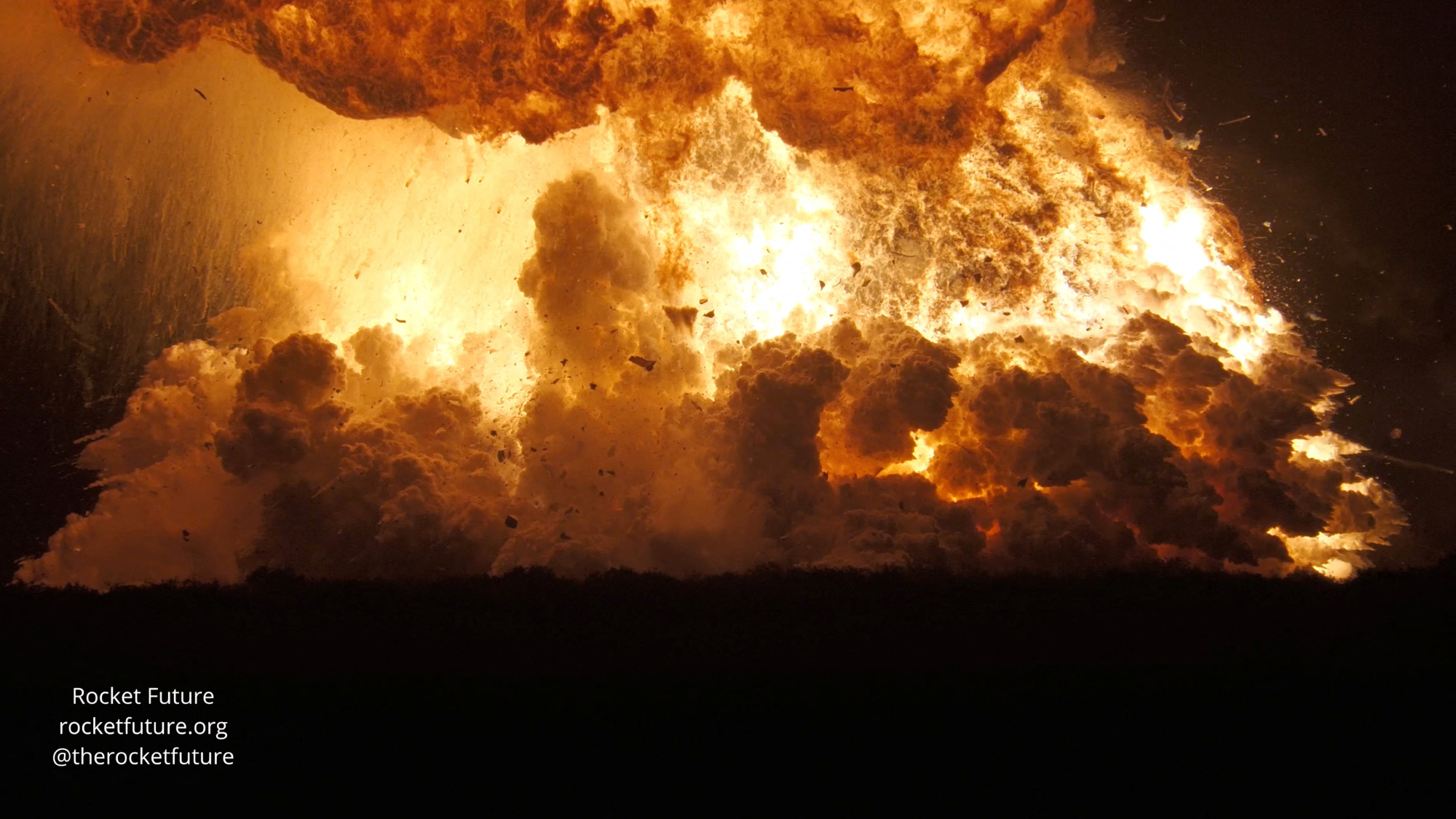 Another Starship blast sets back Musk's Mars hopes
Another Starship blast sets back Musk's Mars hopesSpeed Read Nobody was killed in the explosion, which occurred in south Texas
-
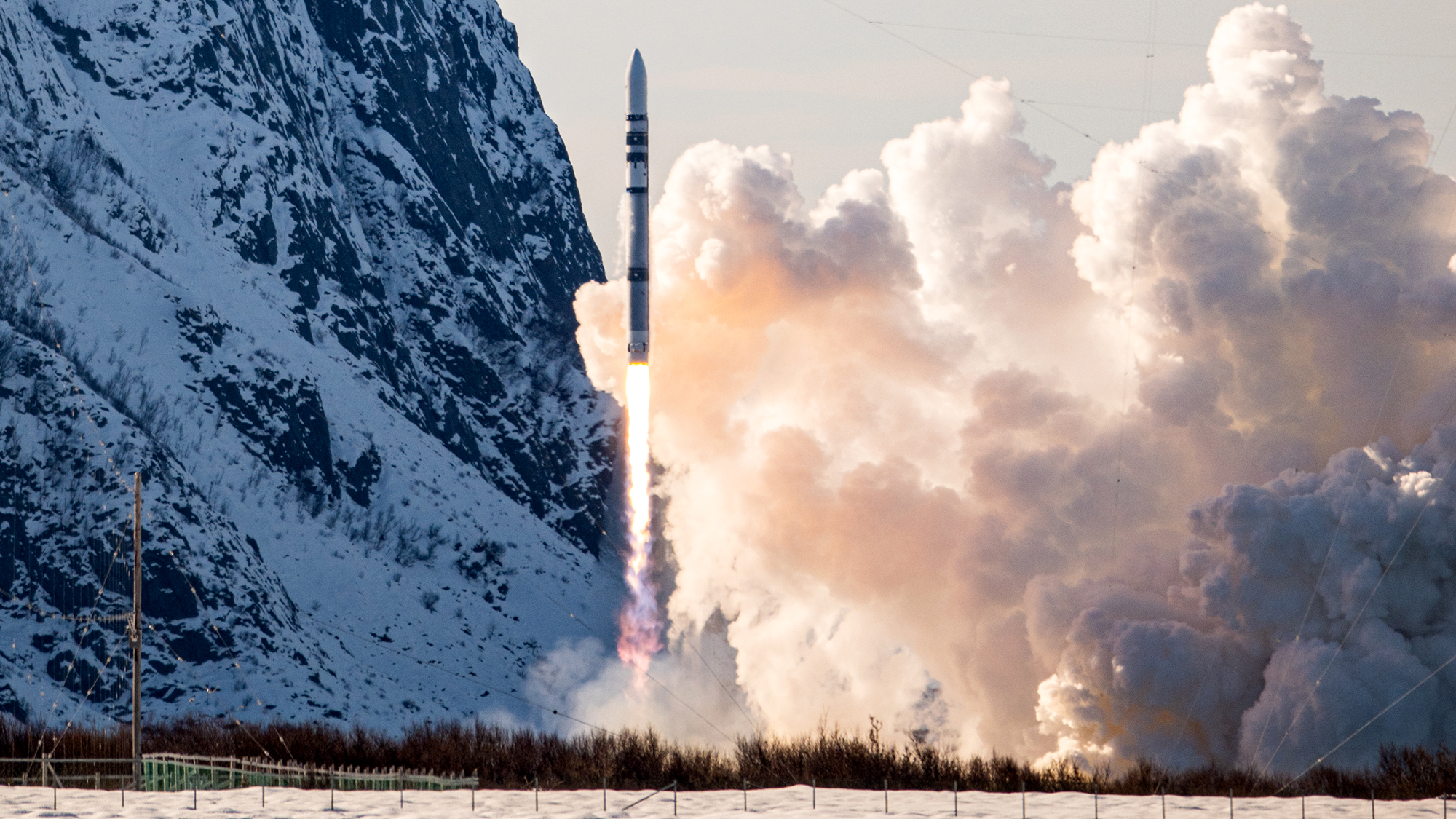 Test flight of orbital rocket from Europe explodes
Test flight of orbital rocket from Europe explodesSpeed Read Isar Aerospace conducted the first test flight of the Spectrum orbital rocket, which crashed after takeoff
-
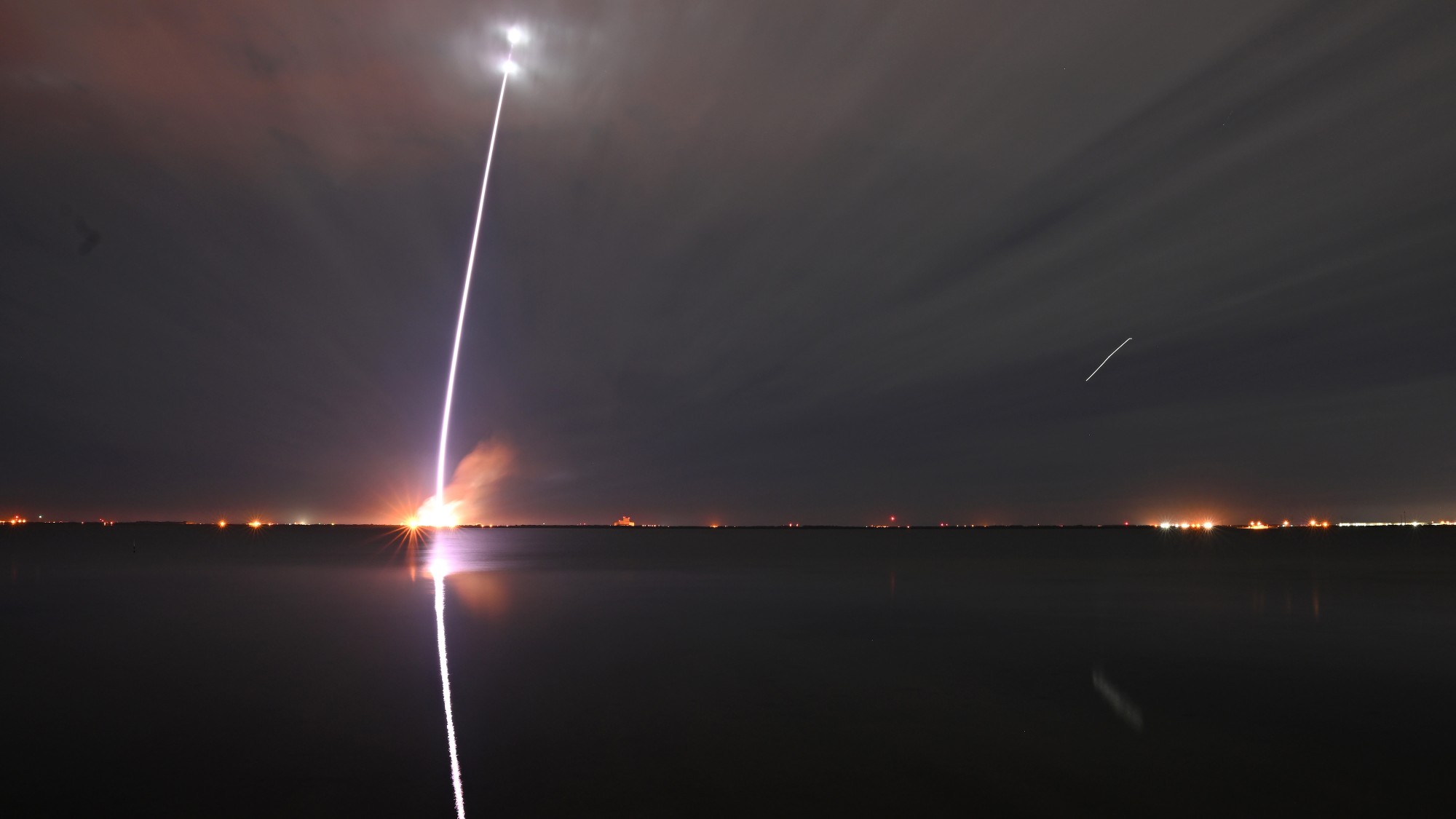 Jeff Bezos, Elon Musk and the billionaire space race
Jeff Bezos, Elon Musk and the billionaire space raceThe Explainer Tesla CEO and Amazon founder vie for dominance of satellite launch market and could influence Nasa plans to return to Moon
-
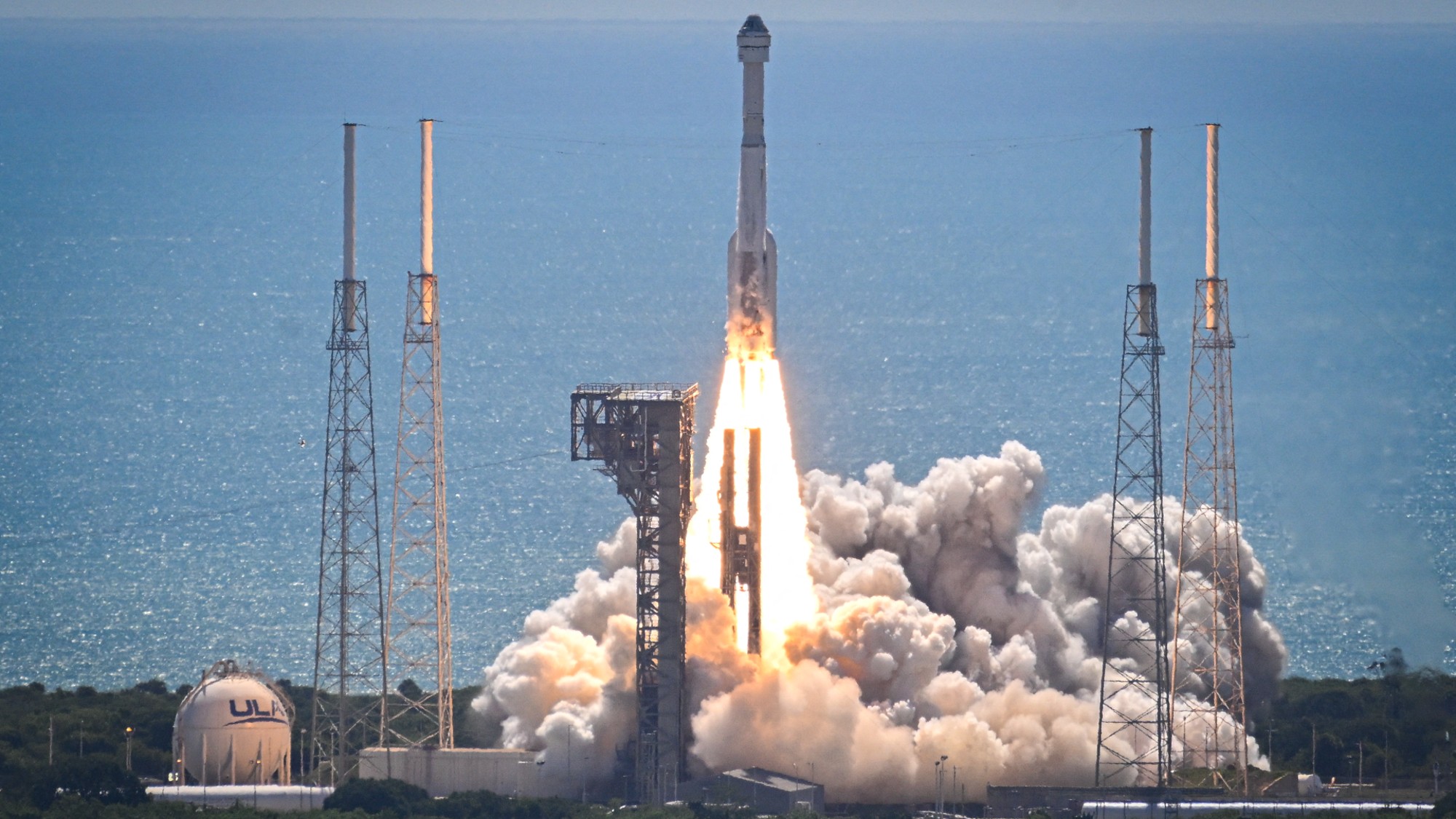 Starliner: What went wrong?
Starliner: What went wrong?Today's Big Question Boeing spacecraft has had a 'long, difficult road'
-
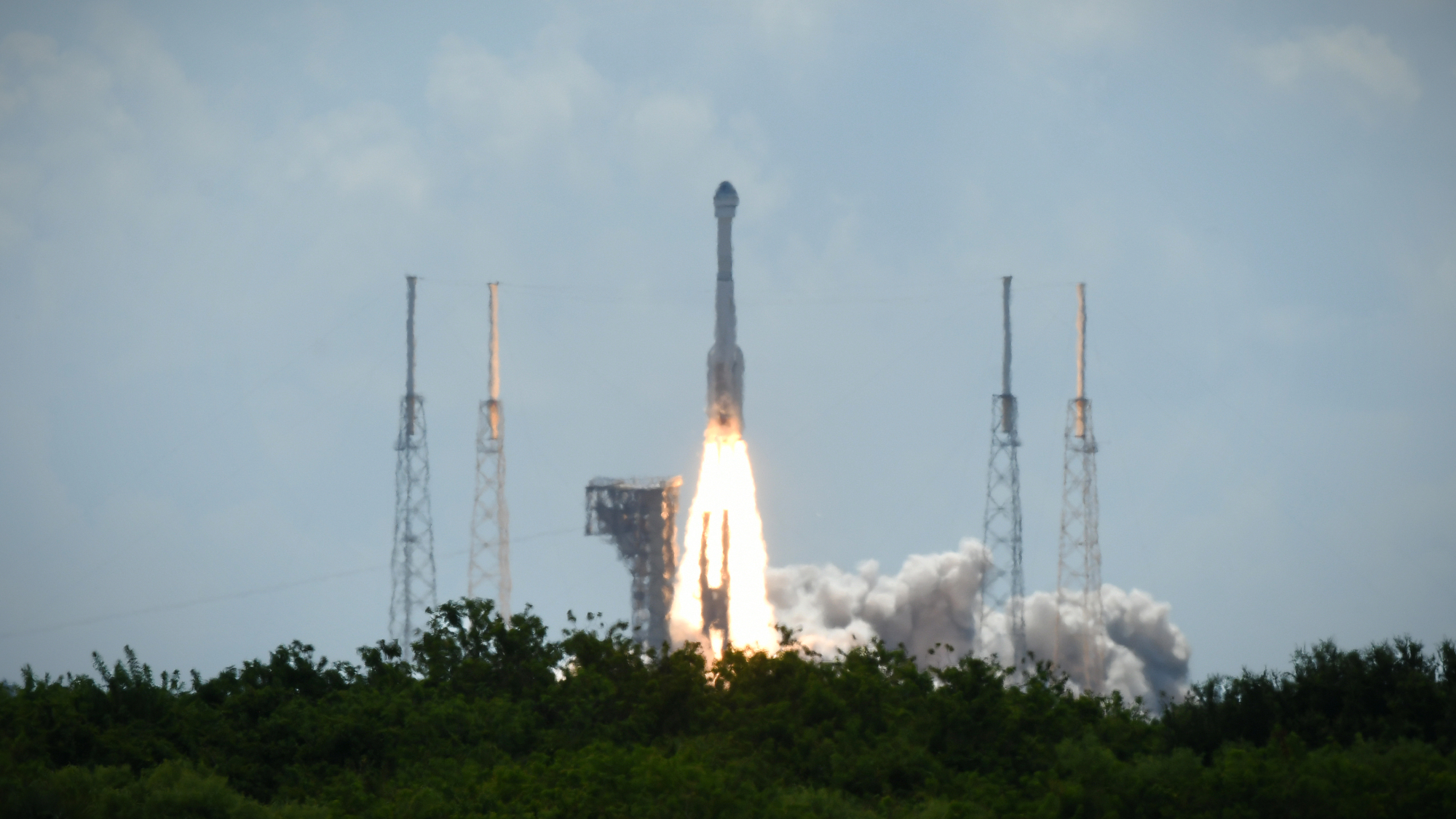 Boeing, SpaceX successfully test key rockets
Boeing, SpaceX successfully test key rocketsSpeed Read Boeing’s Starliner docked at the ISS and SpaceX completed its fourth test launch of its Starship spacecraft
-
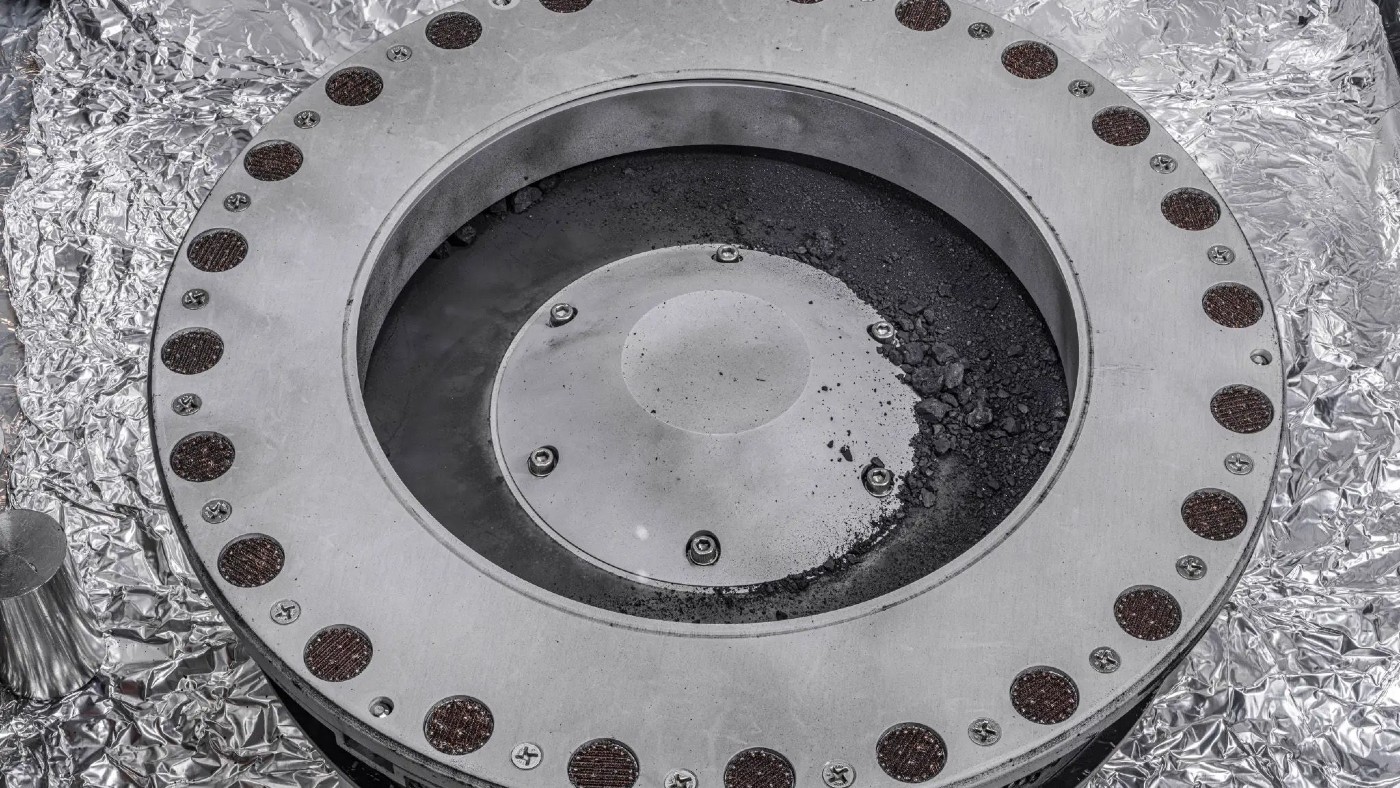 Nasa reveals first findings from asteroid that could explain origins of life
Nasa reveals first findings from asteroid that could explain origins of lifeSpeed Read Sample from Bennu has been found to contain an abundance of water and carbon
-
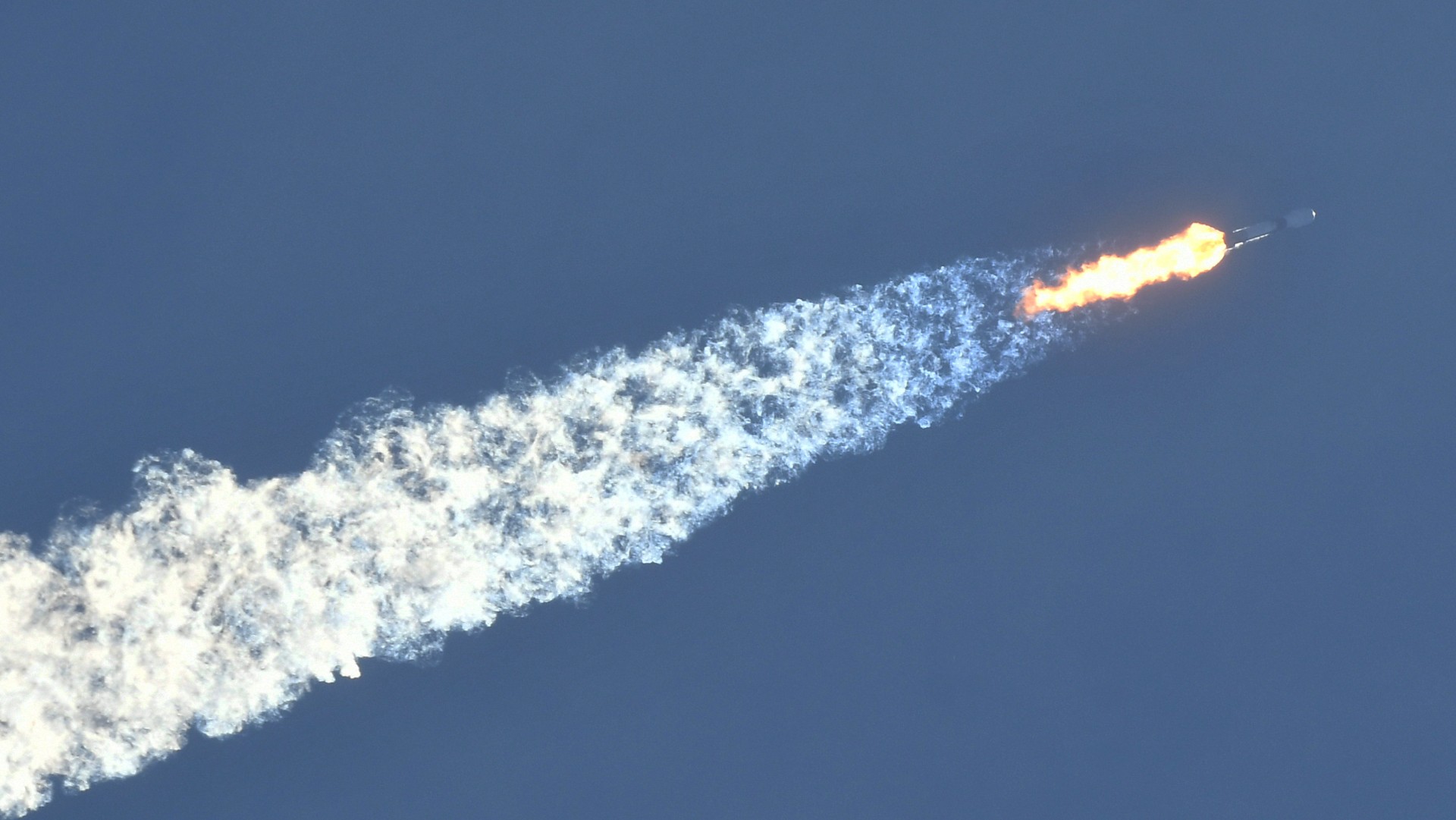 How worried we should be about space debris
How worried we should be about space debrisfeature As part of a rocket washes up in Australia scientists warn ‘critical mass’ of orbital junk could only be decades away


